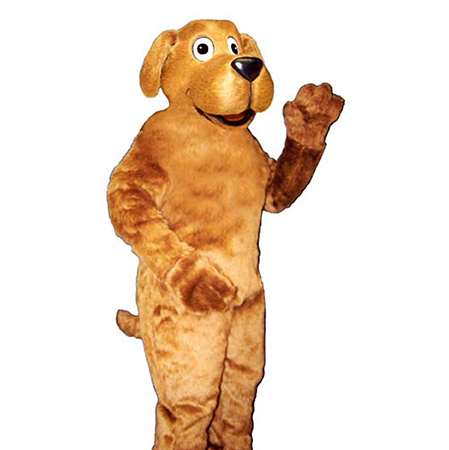Mascot costumes are often associated with fun and entertainment, but there’s a serious side to their creation that many may overlook. These vibrant, larger-than-life characters don’t just magically come to life; they are meticulously crafted by skilled artisans, combining elements of design, engineering, and performance art. Understanding the complexity behind mascot costume making reveals a world where creativity meets precision, resulting in beloved icons that engage audiences worldwide.
Crafting a mascot costume begins long before the stitching starts. Designers must conceptualize characters that are not only visually appealing but also functional and comfortable for performers. This involves sketching ideas, choosing colors, and determining the overall silhouette. The design phase is crucial as it sets the foundation for what will eventually become a living character.
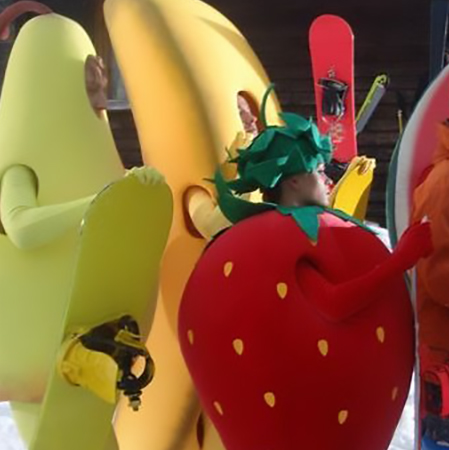
Once the design is finalized, the actual construction process begins. Selecting the right materials is paramount; fabrics need to be durable, breathable, and able to withstand rigorous movement. Foam, padding, and other materials provide structure and shape, ensuring that the mascot maintains its form while being lightweight enough for ease of wear. Attention to detail is essential at this stage, as every seam and joint plays a role in the costume’s overall functionality and durability.
Engineering plays a significant role in mascot costume making. Unlike ordinary clothing, these costumes require internal structures to support their three-dimensional shapes. Artisans often use techniques similar to those found in puppetry, incorporating armatures made of metal or plastic to allow for dynamic movement without compromising the costume’s integrity. This intricate balance between flexibility and stability is achieved through careful planning and precise execution.
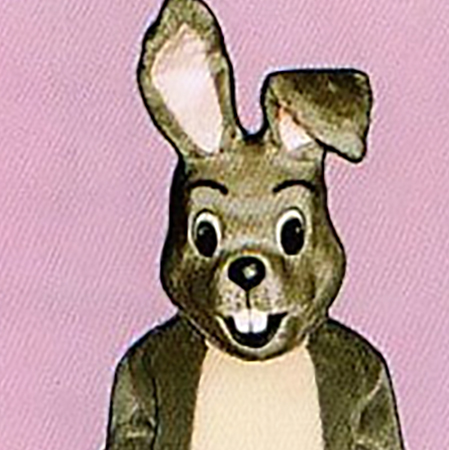
Comfort is another critical factor. Performers inside these costumes can quickly become overheated, which necessitates the inclusion of ventilation systems. Specialized fans and cooling technologies are integrated into the design to ensure that performers remain cool and comfortable, even during extended performances. This attention to human factors ensures that the costume can be worn safely and effectively over long periods.
The transformation from a static design to an animated character happens when the costume is brought to life by performers. Training performers to embody their mascot roles is an art in itself. They must learn how to move, interact with the audience, and convey emotions through limited visibility and range of motion. This requires not only physical dexterity but also strong acting skills, as the performer’s energy and personality breathe life into the costume.
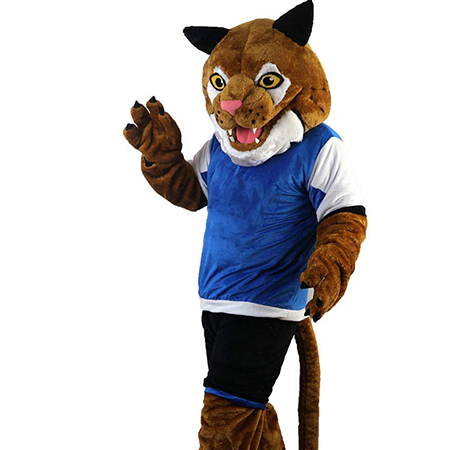
Marketing teams also play a significant role in the success of a mascot costume. A well-designed mascot can become a powerful brand ambassador, appearing at events, promoting products, and engaging with fans on social media. Their presence can significantly boost public relations efforts and increase brand recognition. Therefore, investing in a high-quality mascot costume is not just an artistic endeavor but also a strategic business decision.
Maintenance is yet another aspect that underscores the seriousness of mascot costume making. Given their complex construction, these costumes require regular upkeep to ensure they remain in optimal condition. This includes cleaning, repairing any damage, and occasionally updating features to keep the character relevant and engaging. Proper storage is also essential to prevent damage and preserve the costume’s longevity.
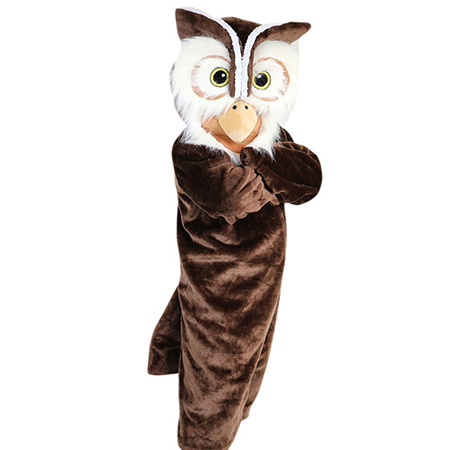
In conclusion, mascot costume making goes far beyond simple entertainment. It encompasses a blend of design, craftsmanship, engineering, and performance art. Each element contributes to creating a character that not only looks impressive but also functions well and brings joy to countless people. Understanding the dedication and skill involved in this process highlights why these vibrant figures hold such a special place in our hearts and minds. Whether at a sports event, corporate function, or community gathering, mascots represent more than just fun—they symbolize the creativity and hard work that go into making magic happen.
